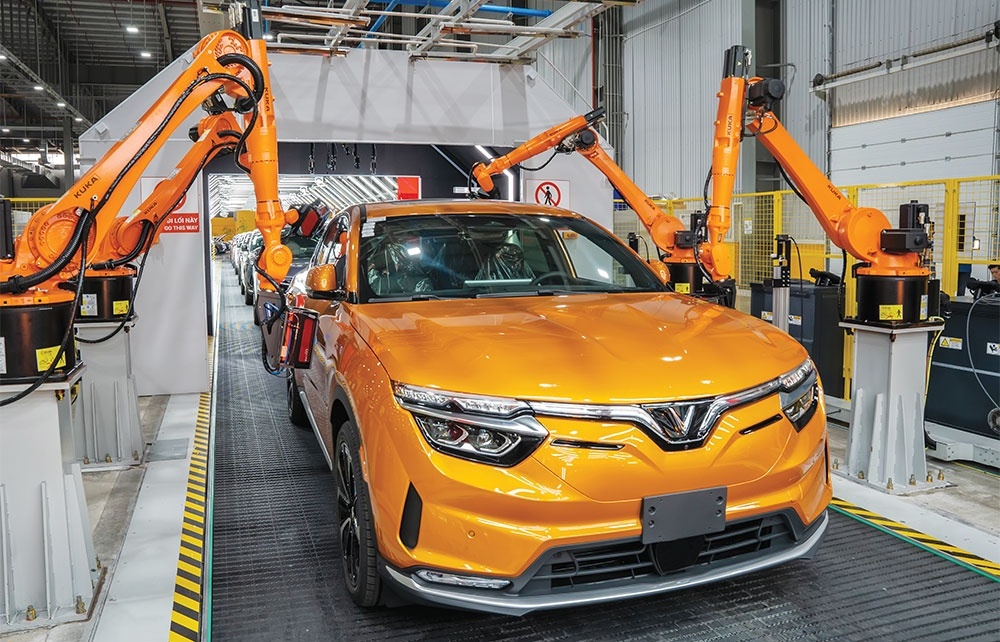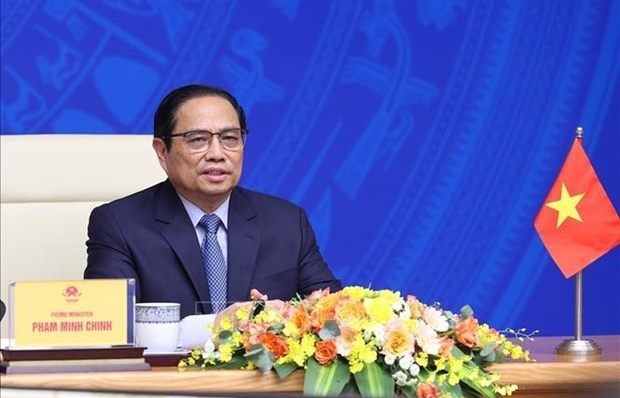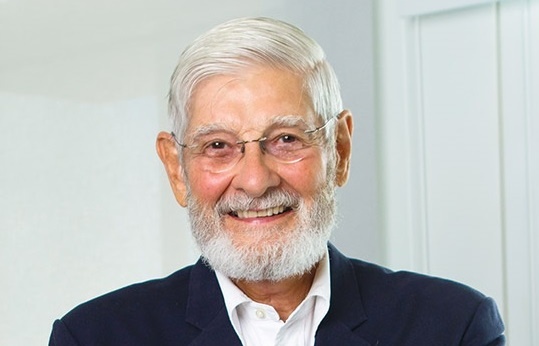Records ahead in Vietnam-US partnership
 |
| Dr. Nguyen Ky Son - Vice director of the Department of America, Central Commission for External Relations |
Trade is an area where many records have been made. Bilateral trade growth has been extraordinary, registered at over $111.56 billion in 2021, an increase of nearly 250 times from $451 million in the year of normalisation. This unprecedented turnover makes the US the second-largest trading partner of Vietnam, only after China. Today, the US is the biggest market for Vietnamese export whereas Vietnam is the ninth-biggest trading partner of the former.
What is more important, however, is the upward trajectory of trade between the two countries. Over the past years, the trade volume has registered a steady increase of over 20 per cent annually, even during the times when the pandemic reached its peak in both countries.
Bilateral investments are less impressive but boast no less potential. American investment in Vietnam has accumulatively stood at $10.47 billion as of April 20. Most big American names are now in Vietnam, such as ExxonMobil, Boeing, Ford, Intel, Nike, Coca Cola, and Procter&Gamble, to name but a few.
And for the first time, a Vietnamese corporation is investing in manufacturing in the US. The electric vehicle manufacturing facility to be built by VinFast in North Carolina will create more than 7,000 jobs and hundreds of thousands of electric vehicles and batteries.
Furthermore, Vietnam’s success in handling the pandemic demonstrates the resiliency of its economy and accordingly its attractiveness as an investment destination.
There are two good reasons for optimism. The first reason is the right policies in place. Vietnam has considered the US one of its leading partners, whereas Vietnam has become more important in American strategy in the Indo-Pacific region. Both sides have agreed on the principles of their relationship, among them is the respect for each other’s political system and that the ultimate aim of their efforts is for the interests of their people.
 |
| American groups are increasing manufacturing activities in Vietnam, Le Toan |
In 2015, for the first time in Vietnam-US relations, the US government welcomed an official visit by General Secretary Nguyen Phu Trong. This historic visit in itself was a solid demonstration of mutual trust and respect for the political systems of the two countries.
Another example is the addressing of war legacies. Vietnam responded to American requests on the MIA issue before normalisation was first and foremost on humanitarian grounds, with sympathy for the pain of those American families searching for the remains of their kin. Whereas the number of MIA cases is down from 2,500 in 1973 to 1,244 to the present day, more than 300,000 Vietnamese soldiers from that war are still missing.
Meanwhile, American commitments and efforts for dioxin remediation at the Danang International Airport and Bien Hoa Airbase areas since 2012 have also been effective and meaningful, helping to provide a clean environment for local people and their future generations. These achievements could not be realised without the strong support and great efforts of many people on both sides, from war veterans to those working on the ground.
Secondly, our two economies need each other. The vast American market is important for many Vietnamese goods exports, from furniture and bedding, apparel, and footwear to agricultural and fishery products. Vietnam is the US’ seventh-largest agricultural export market and also important for American services (where the US enjoys a surplus), with the total exports in 2021 up to $3.4 billion and $2.2 billion, respectively.
As for investment, Vietnam is attractive for its political and social stability, strong and steady economic growth, and a labour force of over 51 million people. Situated in Asia-Pacific, a region vital to American security and prosperity, Vietnam is a suitable destination for supply chain relocation in today’s world. The chip assembly and test manufacturing facility of Intel in Saigon Hi-Tech Park in Ho Chi Minh City, one of its 10 facilities worldwide, is a good case in point.
While bilateral trade would maintain its healthy upward trajectory, investment is the ground for more record-breaking. Infrastructure, energy, and the digital economy are among the priorities in Vietnam’s development strategy.
The building of modern, synchronised infrastructure has long been identified by Vietnam as one of the three strategic breakthroughs, along with market mechanism and human resources.
While the 10 per cent annual increase in the demand for energy in Vietnam is common knowledge, the role of the digital economy in Vietnam might be new to many. National digital transformation and the development of the digital economy are categorised in the second orientation for Vietnam’s development in the 2021-2030 period, with an ambitious goal of 20 per cent GDP contributed by the digital economy by 2025.
The visit by Prime Minister Pham Minh Chinh to the US during May 10-17 is undoubtedly another important milestone in Vietnam-US relations. It will also create more opportunities for strengthening and deepening bilateral trade and investment, for the benefit of both peoples, and for peace and prosperity in Asia-Pacific and the world at large.
What the stars mean:
★ Poor ★ ★ Promising ★★★ Good ★★★★ Very good ★★★★★ Exceptional
Related Contents
Latest News
More News
- Coordination can ease logistics issues (November 03, 2024 | 20:05)
- Logistics infrastructure can enjoy a bright future (November 03, 2024 | 19:57)
- Connectivity a factor in positive results of logistics companies (November 03, 2024 | 19:37)
- Concerted efforts needed for sustainable aviation (November 03, 2024 | 17:10)
- Evaluation necessary to ensure business development (November 03, 2024 | 10:00)
- Robust fundamentals underpin growth outlook (October 31, 2024 | 17:20)
- Future trends and benefits in Vietnam’s logistics sector (October 29, 2024 | 14:00)
- A stronger digital economy ecosystem for Vietnam (October 29, 2024 | 10:11)
- Transit-oriented vision more than simply policy (October 24, 2024 | 18:00)
- Japanese groups accelerate their M&A activities in Vietnam (October 24, 2024 | 16:26)


 Tag:
Tag:


















 Mobile Version
Mobile Version